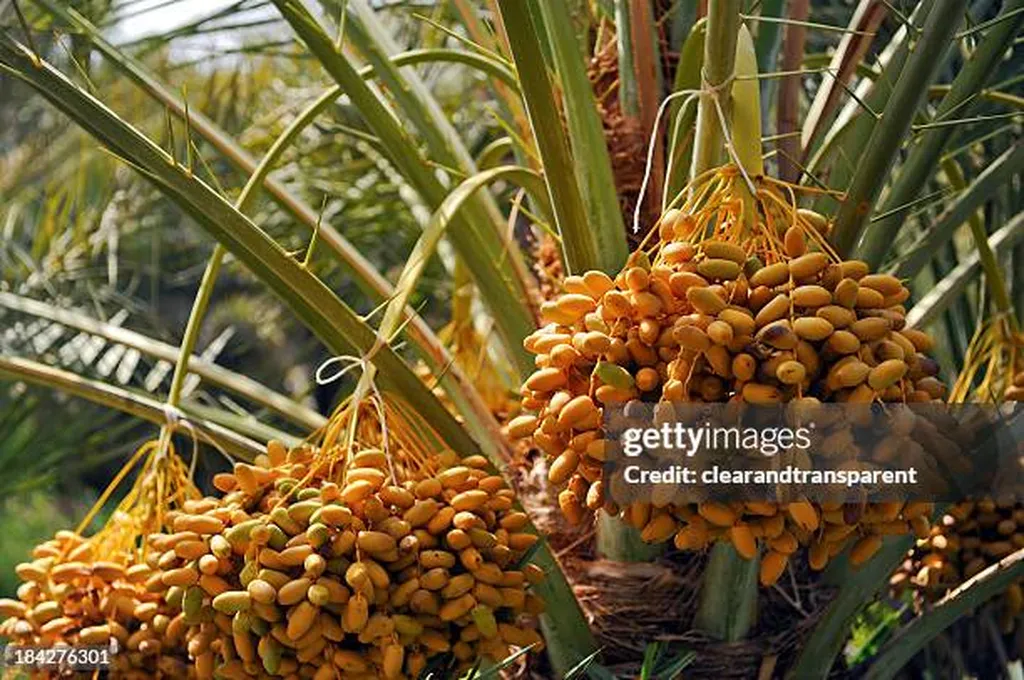In the heart of Saudi Arabia’s Al Ahsa region, a groundbreaking development is taking root, promising to revolutionize the way we monitor and combat date palm diseases. Researchers, led by Ali Saeed Alzahrani from the Department of Computer Engineering at King Faisal University, have introduced a cutting-edge hybrid deep learning framework that could redefine precision agriculture. Their work, published in the journal ‘Frontiers in Plant Science’ (which translates to ‘Frontiers in Agricultural Science’), is a significant stride towards automated, scalable, and interpretable disease diagnosis in date palm cultivation.
The date palm, Phoenix dactylifera L., is a cornerstone of agriculture in many regions, but its cultivation is often threatened by a myriad of fungal, bacterial, and pest-related diseases. These diseases can lead to diminished yields, compromised fruit quality, and long-term agricultural sustainability issues. Traditional monitoring methods, while effective, are not scalable and heavily rely on expert knowledge. They also depend on classical models that struggle to generalize to real-world conditions.
Enter the Swin-YOLO-SAM framework, a hybrid Transformer-based model that integrates the Swin Transformer, YOLOv12, and SAM-2.1. This innovative framework is designed to address the challenges faced by conventional methods. “Our model is composed of four sophisticated modules,” explains Alzahrani. “The Swin Transformer handles hierarchical image classification, YOLOv12 provides real-time detection, Grounding DINO with SAM2.1 offers zero-shot segmentation, and a Vision Transformer with a regression head predicts disease severity.”
The results are impressive. Experimental findings on a curated dataset of 13,459 palm leaf images show that the proposed model outperforms all previous CNN-based models. It achieves a classification accuracy of 98.91%, a precision of 98.85%, a recall of 96.8%, and an F1-score of 96.4%. These figures represent a new benchmark in automated disease diagnosis.
The implications for the agricultural sector are profound. This technology could lead to more efficient and effective disease management, reducing losses and improving the overall quality of date palm yields. “This collective architecture can deliver accurate detection, the most accurate segmentation, and quantification of disease severity in real-world, low-annotation-based scenarios and adverse environmental context situations,” Alzahrani adds.
Beyond the immediate benefits, this research could shape future developments in precision agriculture. The ability to automate and scale disease monitoring could open up new possibilities for farmers and agritech companies alike. It could also pave the way for similar applications in other crops, further enhancing agricultural sustainability.
As we look to the future, the work of Alzahrani and his team offers a glimpse into the potential of deep learning in agriculture. Their research, published in ‘Frontiers in Plant Science’, is a testament to the power of innovation in addressing real-world challenges. It’s a reminder that technology, when applied thoughtfully and strategically, can be a force for good, driving progress and improving lives.

